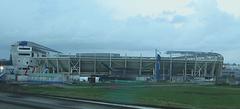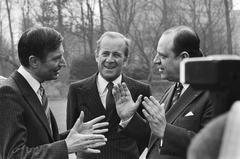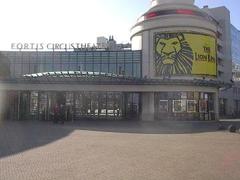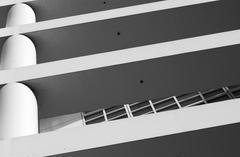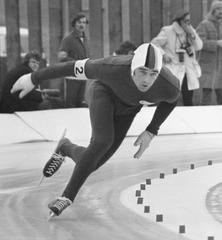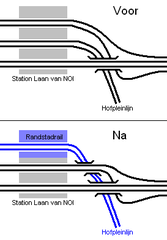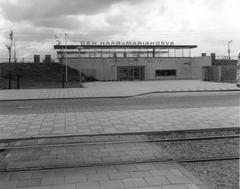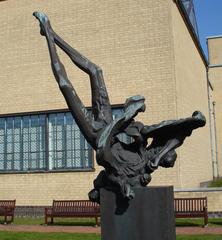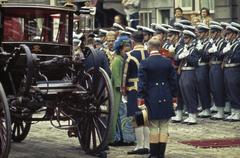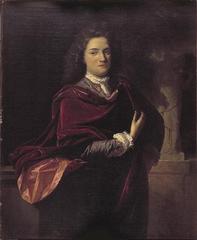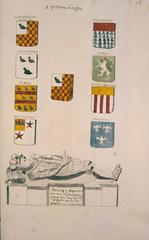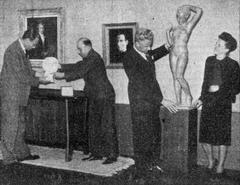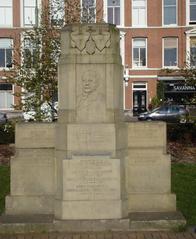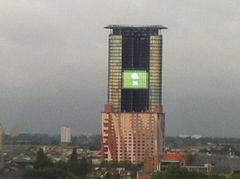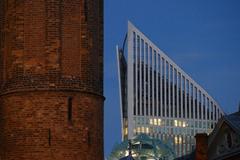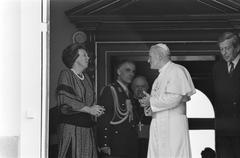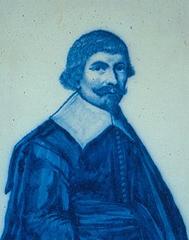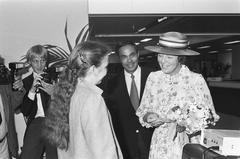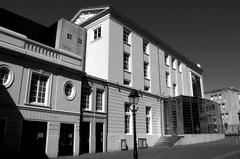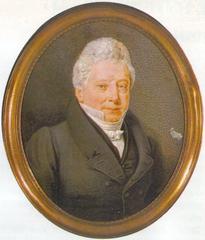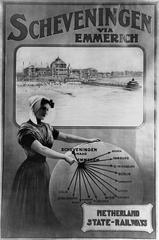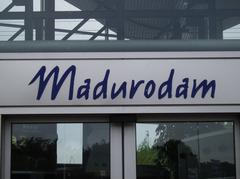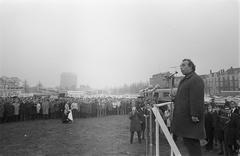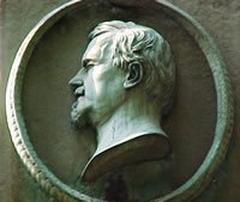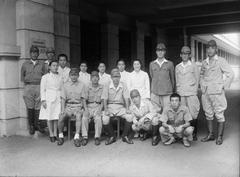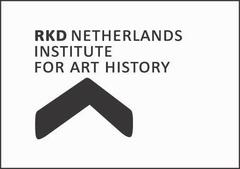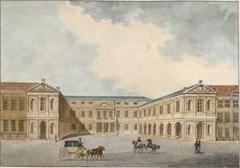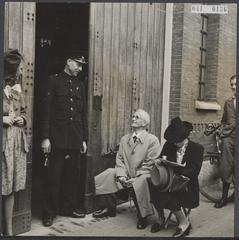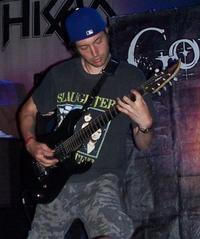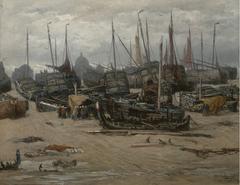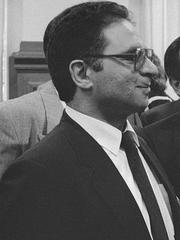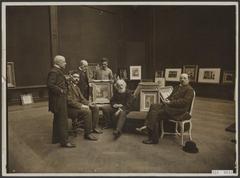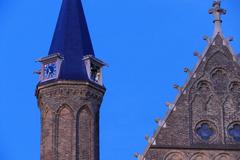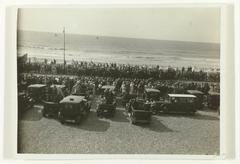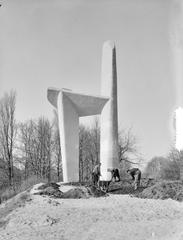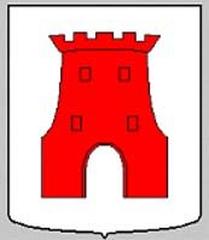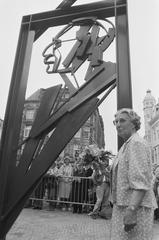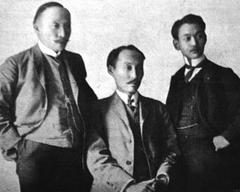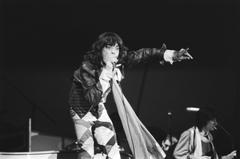Antonius Abtkerk Visiting Hours, Tickets, and Comprehensive Guide to Scheveningen Historical Sites in The Hague
Date: 04/07/2025
Introduction
Located in the vibrant seaside district of Scheveningen, The Hague, the Antonius Abtkerk stands as a remarkable testament to Dutch Catholic heritage, architectural innovation, and community resilience. Built between 1926 and 1927 by Joseph Cuypers and Pierre Cuypers Jr., the church exemplifies the “zakelijk expressionisme” (businesslike expressionism) style—presenting a modest, geometric exterior that harmonizes with its Protestant surroundings, contrasted by an opulent, richly decorated interior. The Antonius Abtkerk is more than a place of worship; it is a living monument, a center for art, music, and community life, and a symbol of the enduring faith of Scheveningen’s Catholic population.
In this guide, you’ll discover detailed information about the church’s history, architectural highlights, visitor information (including hours, tickets, and accessibility), guided tours, nearby attractions, and practical tips to enrich your visit. Whether you are a history buff, architecture enthusiast, or a curious traveler, Antonius Abtkerk offers a unique and captivating cultural experience in The Hague.
For up-to-date visitor information, history, and event listings, consult the official Antonius Abtkerk website and local heritage platforms (Haags Orgel Kontakt, Vrienden van Den Haag, Open Kerkendag).
Table of Contents
- Historical Background
- Architectural and Artistic Highlights
- Visitor Information
- Nearby Attractions and Travel Tips
- Cultural Life and Community Involvement
- Frequently Asked Questions (FAQ)
- Plan Your Visit: Tips and Recommendations
- Visuals and Interactive Resources
- References and Further Reading
Historical Background
Origins and Early Development
The Antonius Abtkerk is the fifth Catholic church in Scheveningen dedicated to Saint Anthony the Abbot, tracing its roots to a 14th-century wooden chapel—originally on the site of today’s Oude Kerk on Keizerstraat. After the Protestant Reformation, the chapel was converted for Protestant use, leaving Catholics without a worship space for centuries. During this time, local Catholics attended clandestine services in The Hague or at the Spanish embassy (Haags Orgel Kontakt; Vrienden van Den Haag).
Catholic worship in Scheveningen resumed in 1830 in a converted room at the ‘Hof van Holland’ inn. By 1834, a simple church was built at the Kerkwerf, marking the revival of local Catholic life (Vrienden van Den Haag).
Expansion and Architectural Evolution
As Scheveningen’s Catholic community grew, a larger Neo-Gothic church was erected in 1857 on Scheveningseweg, designed by B.M. Scheijer. Despite expansions, the building became inadequate, prompting the need for a new, more substantial church. This effort faced resistance, reflecting the challenges of being a Catholic minority in a predominantly Protestant environment (Haags Orgel Kontakt).
Construction of the Present Church (1926–1927)
The current Antonius Abtkerk was constructed between 1926 and 1927, designed by Joseph Cuypers and Pierre Cuypers Jr., descendants of the famed architect Pierre Cuypers. The church’s design intentionally avoided overtly Roman or cathedral-like elements, opting for a three-aisled basilica in a restrained, businesslike expressionist style. The building uses red-brown brick and features a saddle roof, blending into its Protestant surroundings while maintaining a dignified Catholic identity (Haags Orgel Kontakt; Rijksmonumenten).
Architectural and Artistic Highlights
Exterior Features
- Tower and Buttresses: The southwest entrance is marked by a square tower with a tented roof and light-colored belfry. Heavy buttresses descend from the roofline, giving the building a grounded, monumental feel.
- Modest Rose Window: Above the entrance, a stained-glass rose window adds subtle ornamentation.
- Overall Aesthetic: The exterior’s geometric, unadorned brickwork exemplifies Dutch Expressionism and deliberately avoids ostentation, respecting Scheveningen’s diverse religious landscape.
Interior Artistry and the “Wonder of Scheveningen” Mosaic
Upon entering, visitors are greeted by a stunning interior, conceived as a “gesamtkunstwerk” (total work of art). Highlights include:
- Enamel Mosaic: The apse features the largest enamel mosaic in the Netherlands (17 meters high, 12 meters wide, over 2 million Venetian glass pieces), designed by Antoon Molkenboer and crafted by Mauméjean Frères of Paris. It commemorates the “Wonder of Scheveningen”—when special prayers in 1848 led to the sudden end of a cholera epidemic. The mosaic includes portraits of local parishioners and Molkenboer’s family (Anno1900; ikgidsudoordenhaag.nl).
- Additional Artwork: Other mosaics, stained-glass windows (by Molkenboer and Chris de Moor), and art deco furnishings—including bronze reliefs and liturgical fittings by Jan-Eloy and Leo Brom—enhance the spiritual and artistic ambiance (Anno1900).
Organ and Musical Heritage
- Jos Vermeulen Organ: Built in 1927, this pneumatic organ has 39 stops and is central to both liturgical services and cultural events, such as summer lunchtime concerts and the Scheveningen Organ Walk (Haags Orgel Kontakt).
Visitor Information
Visiting Hours and Tickets
- Regular Visiting Hours: Generally open Monday–Saturday: 10:00–17:00; Sunday: 12:00–16:00. Hours may vary due to religious services or special events—always consult the official website for the latest information.
- Admission: Entry is free. Donations are appreciated to support maintenance and cultural activities. Special events or guided tours may require advance booking and a nominal fee.
Accessibility
- Wheelchair Access: The church is wheelchair accessible, with ramps at the main entrance. Accessible restrooms are available; for additional assistance, contact visitor services.
- Information: Multilingual information materials are provided for international guests.
Guided Tours
- Availability: Guided tours are offered by appointment, especially during cultural festivals or open days. Tours cover history, architecture, art, and access to special areas (such as the bell tower).
- Booking: Arrange tours via the parish office by email ([email protected]) or phone (+31 70 3541742).
Visitor Etiquette and Photography
- Dress and Behavior: Modest attire is recommended. Silence is appreciated during services.
- Photography: Non-flash photography is allowed outside service times. Flash and tripods may be restricted.
Nearby Attractions and Travel Tips
- Nearby Sites: Visit the adjacent Oude Kerk, Scheveningen beach promenade, Sea Life Scheveningen, and Museum Beelden aan Zee for a full cultural day.
- Getting There: Scheveningen is easily reached via tram line 1 and bus lines 21 and 22. Paid parking is available nearby; free parking during Sunday services.
- Refreshments: Enjoy local cafes and bakeries along Scheveningseweg.
Cultural Life and Community Involvement
- Liturgical Life: Antonius Abtkerk is an active parish offering daily Masses, sacraments, and special services. The Filipino Catholic community holds Eucharistic celebrations twice monthly, reflecting the church’s inclusivity.
- Music and Events: The church’s concert series, particularly summer lunchtime concerts, are open to the public and showcase the Jos Vermeulen organ.
- Community Outreach: Activities include charity drives, elderly assistance, and volunteer programs. The “Stella Maris” parish magazine and “Vierwekenbericht” keep the community informed.
- Preservation: Designated a national monument since 1992, preservation is supported by the “Vrienden van de Abt” foundation and community involvement.
Frequently Asked Questions (FAQ)
Q: What are the Antonius Abtkerk visiting hours?
A: Generally Monday–Saturday 10:00–17:00, Sunday 12:00–16:00. Check the official website for updates.
Q: Is there an entrance fee or ticket required?
A: No, entrance is free. Guided tours or special events may require advance booking and a nominal fee.
Q: Are guided tours available?
A: Yes, by appointment or during special events. Contact the parish office to arrange.
Q: Is Antonius Abtkerk wheelchair accessible?
A: Yes, with ramps and accessible facilities.
Q: Can I photograph inside the church?
A: Yes, outside service times and without flash or tripods.
Q: How do I reach the church by public transport?
A: Tram line 1 and bus lines 21 and 22 have stops nearby.
Plan Your Visit: Tips and Recommendations
- Check the official parish website or Den Haag tourism portal for the latest updates on visiting hours and events.
- Visit on a sunny day to see the full effect of the stained glass.
- Attend a lunchtime organ concert for a unique acoustic experience.
- Combine your visit with a walk on Scheveningen’s beach or a trip to local museums.
- Use the Audiala app for guided audio tours and additional historical context.
Visuals and Interactive Resources
High-quality images of the church’s exterior, interior, mosaics, stained glass, and organ are available on the official website and cultural heritage portals. Interactive virtual tours and maps may also be accessible online to enhance your visit.
References and Further Reading
- Haags Orgel Kontakt
- Vrienden van Den Haag
- Open Kerkendag
- Parochie Antonius Abt
- Wikipedia - Antonius Abtkerk
- Anno1900: Heilige Antonius Abt in Scheveningen
- ikgidsudoordenhaag.nl: Commemorating an Epidemic in the Antonius Abtkerk
- Rijksmonumenten Entry for Antonius Abtkerk
Plan your visit to Antonius Abtkerk for an inspiring encounter with Dutch religious art, architecture, and living community heritage.
